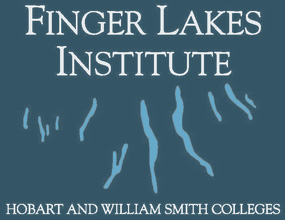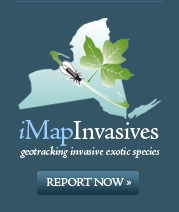Beech Leaf Disease
Common Name: Beech Leaf Disease
Scientific Name: Litylenchus crenatae mccannii
Origin: Japan
Description
Not much is known of Beech Leaf Disease (BLD), but currently researchers believe it is a microscopic worm known as a nematode (or a disease carried by the nematodes). BLD was first detected in Cleveland, Ohio in 2012, and have slowly spread eastward since then. BLD is now found in the western end of the Finger Lakes, and has been detected in Cortland County as well.
Habitat
Found on both American (Fagus grandifolia) and European (Fagus sylvatica) beech trees.
Threat
BLD threatens our beech trees and unlike beech bark disease, this species can also kill European beech. Beech trees and the nuts they produce are a critical food source for wildlife like birds and bears, so protecting our beech trees is important for their survival.
Management
Only recently discovered, there are no current known management options for BLD.
Symptoms
BLD causes beech leaf tissue to become distinctly dark, giving the leaves an almost stripe-like appearance. The easiest way to tell is to look up in the canopy and notice the darkened leaves.
NOTE: There are many other diseases that affect beech trees that resemble BLD, only experts can confidently identify BLD. If you think you’ve found BLD take pictures of the leaves, bark, and entire tree (if possible) and then:
Report it in iMap invasives
OR
Send pictures to foresthealth@dec.ny.gov or call 1-866-640-0652




